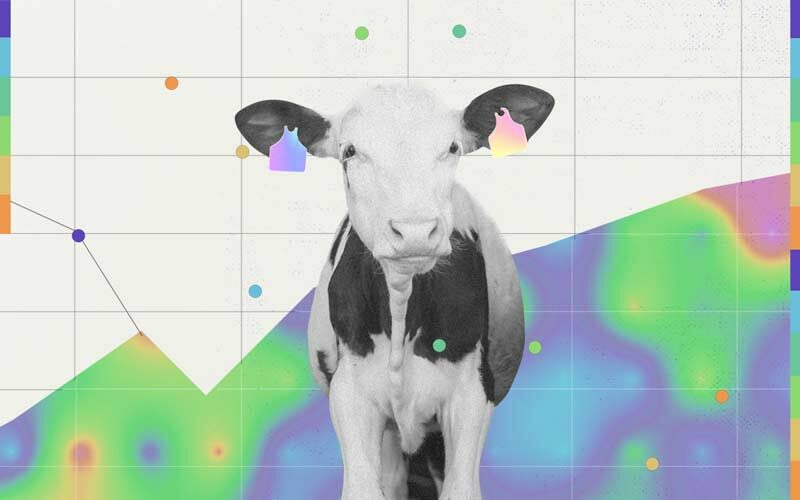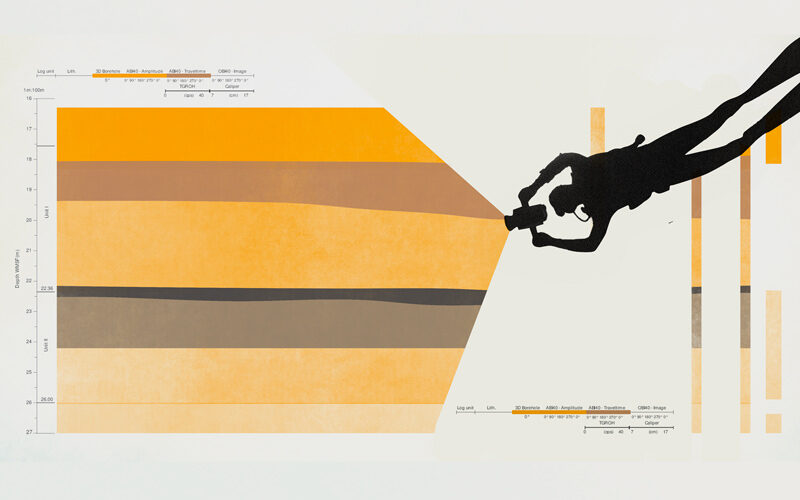It’s hard to believe now, but Australian settlers started their livestock farming journey with a grand total of 7 horses, 7 cattle, 29 sheep, and 74 pigs.
They were arguably less sophisticated than the Indigenous population, who were not nomadic hunter-gatherers as once assumed, but cultivated damns, wells, and irrigation systems that created “park-like landscape” of the Australian bush.
Fast-forward to the 21st century, and Australian farming is a $75 billion dollar industry spread across 87,000 farms.
Technological advances of the past decade have dug spurs into almost every industry, and even the ancient business of agriculture can’t escape it. To add to their tool sheds and tractor fleets, farmers now have IoT devices, GPS tracking, and smart soil nutrient testing to help them adapt to a changing climate, changing tastes, and ever-growing nutritional needs.
Despite the new smart power behind the ploughers, the industry has not been immune to pressures of the COVID-19 pandemic, climate change, labour issues, and lacking government intervention.
A booming trade
In 2022, agriculture accounts for roughly 427 million hectares – that’s 55% of our land. The most recent headcount catalogued 55,700 broad acre and dairy farm businesses, and 87,800 high-value agricultural businesses in total.
We are currently exporting 72% of agricultural produce to other countries, helping to boost the economy by $60 billion annually. Our top agricultural exports (70% exported or more) include sugar, beef and veal, mutton and lamb, and rice.
Exports to our eight largest Asian markets continue to increase, injecting much-needed cash into the agricultural industry and supporting jobs throughout the supply chain.
A brief history
Even as we struggle on the world stage to prove ourselves entrepreneurially, we never had much of an issue being ingenious in industrial terms.
- (1800s) The Industrial Revolution saw the introduction of railways, heavy machinery, and other technologies that increased efficiency on farms. Australia’s first frozen meat export left Port Adelaide in 1895.
- (1900s) The early 1900s saw the development of motorised vehicles, which replaced horses and carts on many farms. This was a major catalyst for efficiency and productivity.
- (1960s) The 1960s brought advances in irrigation, fertilisers, and pesticides, which helped to increase yields. Synthetic chemicals became widely used in agriculture during this time.
- (2000s) The new millennium has been marked by an explosion in digital technology, with GPS tracking, drones, and other cutting-edge applications becoming commonplace on farms.
We’re now seeing an outburst of FoodTech and AgTech solutions coming to the forefront across over 300 tech startups, using tools like IoT devices, big data, and machine learning to help farmers increase yields, reduce costs, and minimise their environmental impact.
Current and recent problems facing the industry
In 2020 and 2021, the COVID-19 pandemic was a thorn in the side of most industries. But agriculture in Australia fared commendably well.
Overall demand stayed relatively stable (we still needed to eat, right?), although the lockdowns meant some demand shifted away from restaurant goods like wine and seafood.
The main challenge facing agriculture during the pandemic has been labour shortages. With international borders closed, there have been fewer backpackers and working holidaymakers available to work on farms. This has put upward pressure on wages, and many farmers have had to get creative with their workforce solutions.
There are other challenges.
Lacking government support means Australian farms are among the least subsidised in the world, receiving just 2% of their revenue from government assistance.
Climate change. Since 1910, Australia’s temperature has increased by 1.4 °C on average; rainfall has decreased by 12 percent since 2000, and areas of South-Eastern Australia have experienced a drastic hit to their farming profits.
Labour issues due to cattle farming being labour-intensive, high-risk, and volatile. Farmers need a minimum head of cattle to be profitable – but most of the time, it’s too difficult to manage the number they require.
For livestock farmers in particular, it’s all too easy to lose cattle in the event of theft, illness, or even natural disasters. This can have a devastating effect on their livelihoods.
Agtech innovation to the rescue
After centuries of errant animals and troubles with yield-tracing, AgTech innovations are helping to mitigate some of the risks.
Victoria-based Smart Paddock uses advanced GPS tracking and smart tag technology to help farmers keep track of their cattle, across even the most remote locations, reducing incidences of lost or stolen animals.
Asparagus farmer-founded CloudFarming is the maker of FieldBot – a solar-powered produce transporter that works alongside humans to measure yields and collect live data on crops as they’re harvested.
More general technology shifts promise to change the landscape of land farming.
By connecting smart devices and machines together in a web of real-time data, the IoT (Internet of Things) will facilitate down-to-the-grain accuracy in crop tracking. It will be used in:
- Gathering data on soil moisture, weather, and other conditions to help with irrigation, planting, and crop maintenance
- Automating irrigation systems based on collected data to reduce water usage
- Pest and weed detection and management
- Real-time tracking of supply chains from farm to table.
Genetic Crop Mutation will make crops bigger, tastier, and healthier. Gene editing and other microbiological tech will allow farmers to identify superior crop and livestock genes.
RNAi Interface – a biological process that inhibits gene expression in any cell containing a nucleus – “opens up a plethora of opportunities in human health and agriculture, to control pests and diseases and to enhance and regulate physiological functions.”
The Predictive Ocean Atmosphere Model (POAMA) enables farmers to link their own IoT data with this global weather model to predict and prepare for droughts, heatwaves, and storms weeks in advance.
Combined, these technologies could lead to a 25% increase in production value.
Bosch Australia has already announced its plans to invest in Australia’s agriculture industry as the front-runner of ‘Ag 4.0’ – a cleaner, safer, more efficient way of producing food.
On the global tech scene, Australia is still battling with an overly traditional image – reluctant to change and slow to innovate.
Entrepreneurs and business leaders would do well to take inspiration from the innovators in our agricultural sector, who are proving that Australian scientific and research excellence is alive and kicking.











